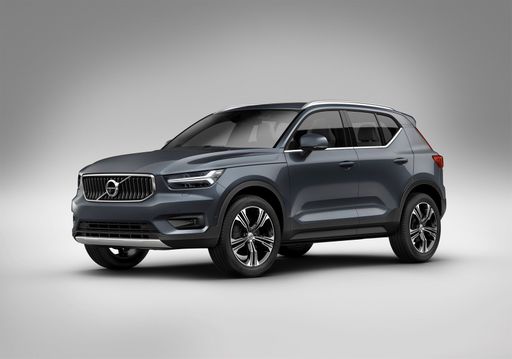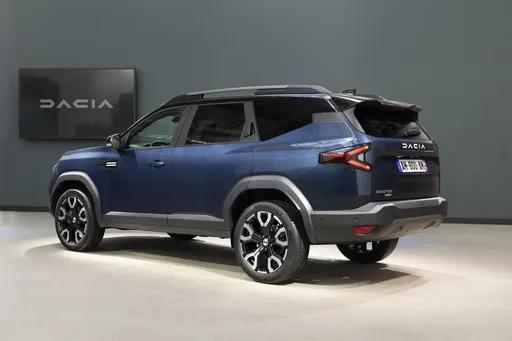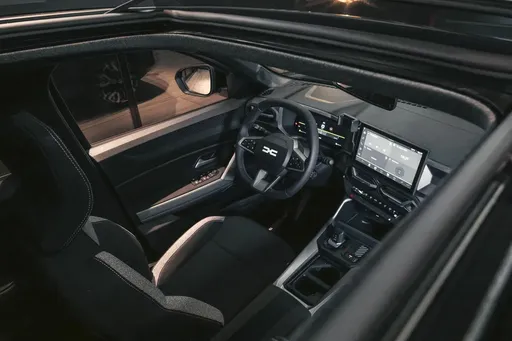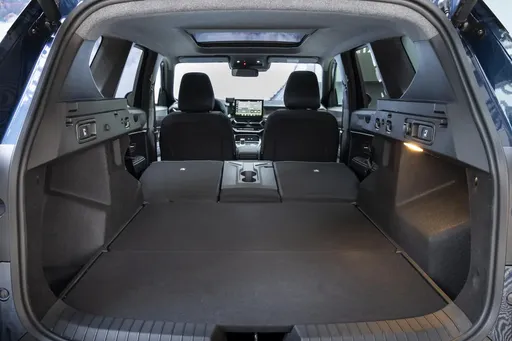Style Meets Substance: Volvo XC40 vs. Dacia Bigster
The compact SUV segment continues to thrive with the entrance of two notable contenders: the Volvo XC40 and the Dacia Bigster. While both vehicles cater to drivers seeking substance and style, they approach this shared goal from distinct angles. Let's dive into the details and see how these two models compare.










